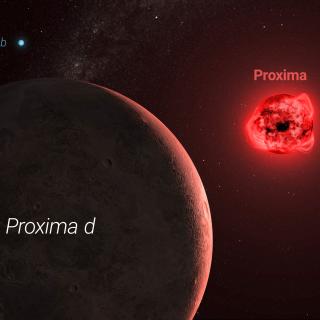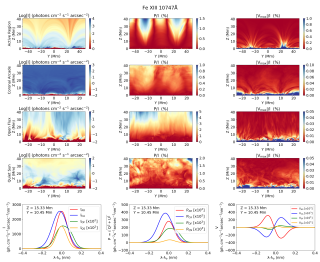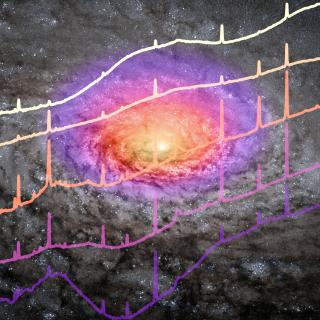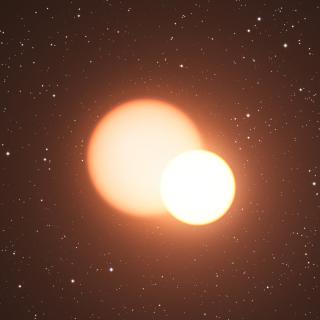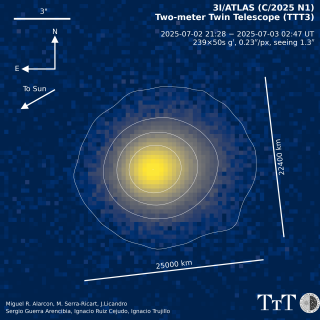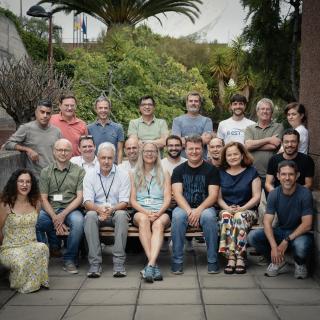
A crucial step forward has been taken in the development of the European Solar Telescope (EST). The preliminary design of three core software systems— the Control System, the Adaptive Optics Real-Time Controller (AO RTC), and the Data Centre — has passed a rigorous international review, confirming their readiness to move into the next phase of development. In early July, the EST software engineering team submitted a detailed set of design documentation for evaluation as part of the Software Preliminary Design Review (SPDR), focusing on the telescope’s Control System, including Adaptive
Advertised on
